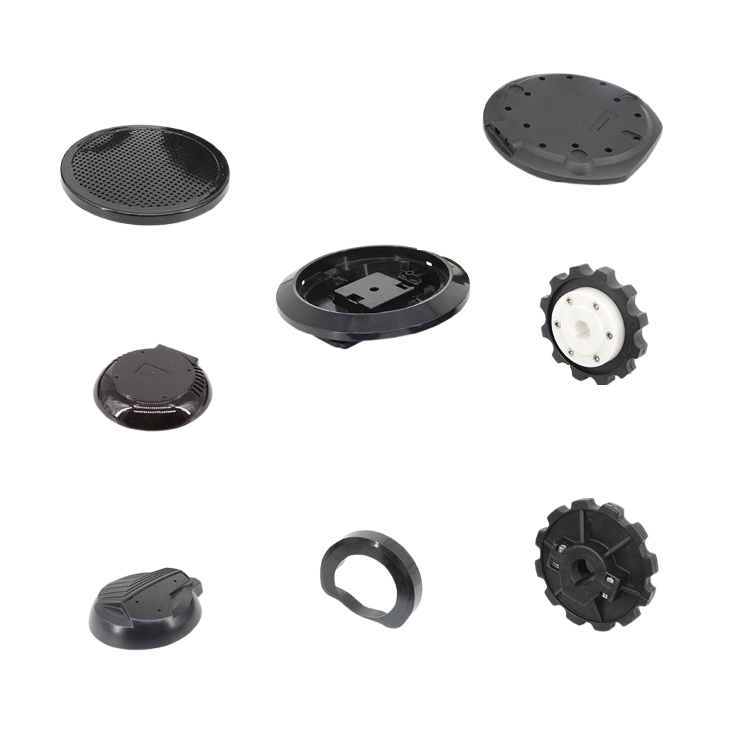I. Introduction
Selecting the right plastic material is critical for any product destined for marine environments. Whether it’s a fishing accessory, a buoyant device, or a component of a seafaring vessel, the material must withstand intense environmental stressors over time. Prolonged exposure to ultraviolet (UV) radiation, constant contact with saltwater, high humidity, and physical handling pose serious challenges for polymers.
In addition to resisting corrosion and weathering, the material must also maintain mechanical strength and be compatible with industrial manufacturing methods such as injection molding or extrusion. This article explores key performance criteria and identifies the best-suited plastic materials for harsh marine applications.

